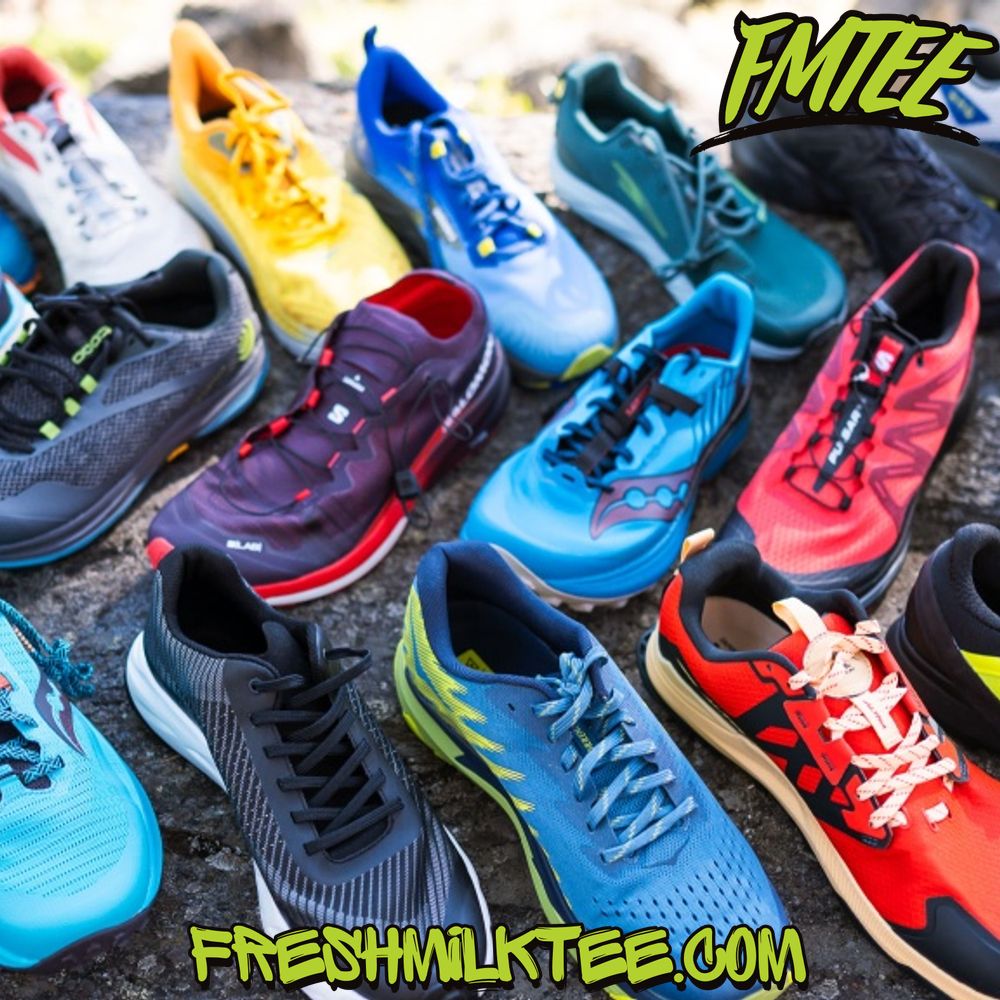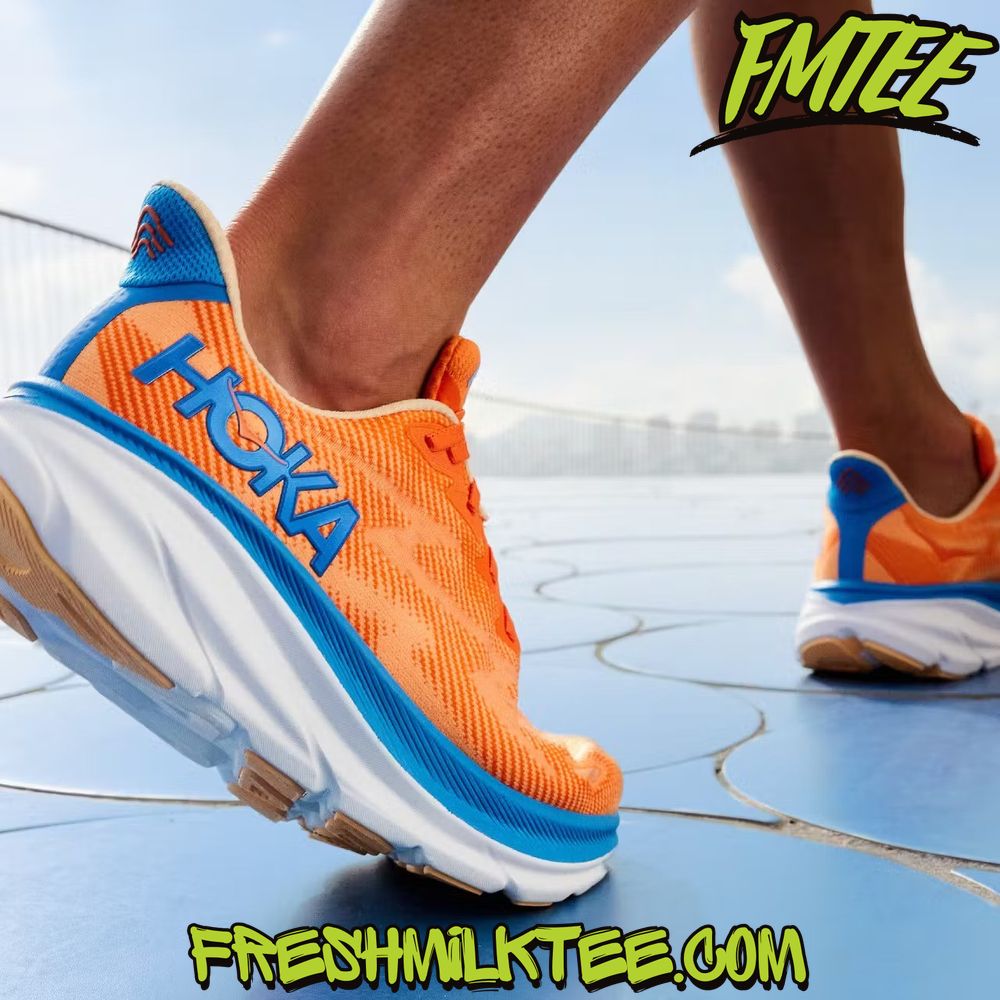Blog
Are Running Shoes Good for Indoor Soccer? A Complete Guide
Are Running Shoes Good for Indoor Soccer? A Complete Guide
Indoor soccer, also known as futsal, has become increasingly popular as a fast-paced, skill-based sport played in indoor arenas. Players often wonder about the right footwear to use for this indoor sport. Specifically, the question often arises: Are running shoes good for indoor soccer? This guide will provide a comprehensive look at running shoes for indoor soccer, how they compare to indoor soccer shoes, and whether running shoes can serve as a viable alternative for playing indoor soccer.

Introduction: Understanding Indoor Soccer and Futsal
Indoor soccer, also known as futsal, is typically played on a hard court surface, often in gymnasiums or arenas designed for indoor sports. The game is fast-paced and requires quick movements, short sprints, and sudden direction changes. Therefore, the right pair of shoes is crucial for optimal performance and injury prevention.
Futsal, in particular, demands specific footwear designed for traction, agility, and comfort. Many players wonder if their regular running shoes can serve as a substitute for indoor soccer shoes. While running shoes are primarily designed for forward motion and not lateral movement, they may not offer the specialized benefits that indoor soccer footwear provides.
What Makes Indoor Soccer Shoes Special?
Indoor soccer shoes are specially designed to provide traction on hard surfaces, such as indoor courts and artificial turf. These shoes are built to help players maintain control of the ball, make sharp turns, and sprint efficiently without slipping. The indoor soccer shoes have flat, rubber outsoles that are optimized for indoor surfaces, ensuring players remain stable during their fast movements.
Additionally, indoor soccer shoes are lightweight and feature breathable materials to keep feet cool and dry during intense play. They also offer support and cushioning to help players perform at their best.

Can Running Shoes Be Used for Indoor Soccer?
Can running shoes be used for soccer? While running shoes are designed for sports and may provide comfort for casual indoor games, they are generally not ideal for competitive indoor soccer or futsal. Running shoes for sports are designed primarily for forward motion on hard surfaces, whereas indoor soccer shoes focus on lateral movement, traction, and stability.
Running Shoes vs. Indoor Soccer Shoes: Key Differences
When considering running shoes vs indoor soccer shoes, several key differences emerge:
- Traction: Indoor soccer shoes feature flat, rubber soles that offer better grip on indoor surfaces. Running shoes, on the other hand, are designed with tread patterns suitable for forward movement, which may not provide the same level of grip on indoor courts.
- Cushioning: Most running shoes offer more cushioning than indoor soccer shoes, but this extra padding may reduce the responsiveness needed for quick cuts and lateral movements in indoor soccer.
- Support: Indoor soccer shoes are designed to support quick changes of direction, offering better ankle stability and lateral support than running shoes.
Benefits of Running Shoes for Indoor Soccer
While indoor soccer shoes may be the better option for serious players, there are scenarios where running shoes may still be useful for indoor soccer:
- Casual Play: If you’re playing for fun or recreationally, running shoes can provide comfort and adequate support for short-term indoor soccer.
- Indoor Sports Training: If you’re training for sports but not engaging in intense futsal or soccer sessions, running shoes for indoor athletic use can offer comfort and flexibility.

Indoor Soccer Shoes Alternatives: Can Running Shoes Be a Good Option?
There are some indoor soccer shoe alternatives available, such as soccer shoes for indoor use, that may offer better performance than running shoes. These shoes may be designed with a focus on indoor surfaces and performance, ensuring you get a better experience on the field. However, while these alternatives may not be as specialized as professional indoor soccer footwear, they are still viable options for beginners or players who don’t want to invest in dedicated indoor soccer shoes.
The Best Shoes for Indoor Soccer: A Comparison
When selecting the best shoes for indoor soccer, it’s essential to weigh the differences between running shoes and indoor soccer shoes. Here’s a comparison of their suitability for the sport:
- Running Shoes for Indoor Soccer: Ideal for casual play, training, or low-impact indoor games. They are comfortable and provide cushioning, but may lack the traction and stability needed for serious play.
- Indoor Soccer Shoes: Designed specifically for indoor surfaces, providing excellent traction, support, and comfort for competitive play. They feature a low profile and offer more lateral support for quick movements.
Indoor Soccer Performance Shoes
Indoor soccer performance shoes are designed with advanced features such as lightweight construction, responsive cushioning, and enhanced traction. These shoes help improve a player’s agility, allowing them to make quick cuts, sprint, and maintain control of the ball on indoor courts. If you’re serious about playing indoor soccer or futsal, these performance shoes are the better option.

Why Indoor Soccer Shoes Are Better for Competitive Play
While running shoes may suffice for casual indoor play, indoor soccer shoes are far superior for indoor soccer competitions. Indoor soccer shoes are built with the specific needs of the sport in mind, offering benefits such as:
- Enhanced traction on slippery indoor surfaces.
- Support for sudden lateral movements and changes in direction.
- Breathable materials to prevent overheating and ensure comfort throughout long games.
For competitive players, indoor soccer shoes are a must-have.
FAQs: Running Shoes for Indoor Soccer
- Can running shoes be used for indoor soccer?
- While running shoes can be used for casual indoor play, they lack the necessary grip and lateral support that indoor soccer shoes offer for competitive play.
- What are the best shoes for indoor soccer?
- The best shoes for indoor soccer are those specifically designed for the sport, such as indoor soccer shoes with flat rubber soles, breathable materials, and added support for quick movements.
- What is the difference between running shoes and indoor soccer shoes?
- Running shoes are designed for forward motion and provide cushioning for long-distance running. Indoor soccer shoes are built to provide grip, stability, and support for lateral movements on indoor courts.
- Are indoor soccer shoes necessary for futsal?
- Yes, indoor soccer shoes are essential for futsal as they provide the necessary grip and agility required for the fast-paced game.
- Can I use running shoes for futsal?
- For casual futsal play, running shoes can work, but they are not ideal for competitive play due to their lack of traction and support.

Conclusion
While running shoes can be a suitable option for casual indoor soccer, they are not designed to meet the specific needs of the sport. Indoor soccer shoes, on the other hand, offer superior traction, stability, and support, making them the better choice for competitive play. Whether you’re playing futsal or enjoying a casual game indoors, it’s important to select the right footwear to ensure optimal performance and prevent injury.
For serious players, indoor soccer footwear is highly recommended, but for those just starting or playing casually, running shoes for indoor soccer might suffice for short, low-intensity sessions. Ultimately, choosing the right shoe depends on your level of play and specific needs on the field.
